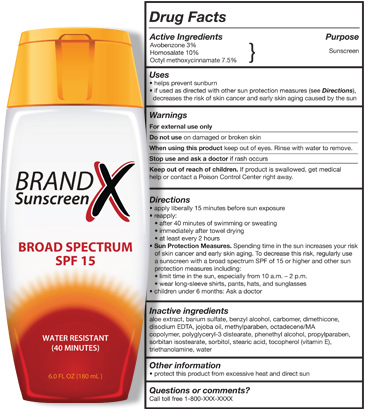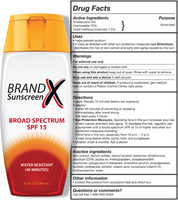

SVMC Health Blog: How to Use Sunscreen
 |
You just read the title of this column and thought, “Well, that’s silly. You just put it on.” Actually, there is more to it than that.
July is Ultra Violet (UV) Safety Month. UV rays come from the sun and can cause sun burns and skin cancer. Both brief sun exposures all year round and as few as a few severe sunburns in a lifetime can add up to increase the risk of the most deadly type of skin cancer, melanoma.
Sunscreen is a valuable tool, but millions of people are over-relying on their incorrect use of sunscreen to protect themselves and their family members. Here are a few commonly held beliefs and the science to refute them. Follow the tips to make the best use of sunscreen and to get your best protection against overexposure to UV rays.
MYTH: Anything over SPF 15 is a waste of money.
SPF, or Sun Protection Factor, is an important indicator. It describes how well a sunscreen protects against UVB rays. UVB rays are the type that cause sunburns. But SPF is limited, because it does not indicate protection from UVA rays, those that lead to premature aging of the skin.
When shopping for sunscreen, look for labels that use the words “broad spectrum” or indicate that the product blocks both UVB and UVA light. SPF 15 sunscreens filter out about 93 percent of UVB rays, while SPF 30 sunscreens filter out about 97 percent. Over a season, that extra 4 percent per application can make a big difference in total sun exposure. Sunscreens with SPF values of 30 or higher are recommended.
MYTH: A little dab will do.
How much sunscreen does your family use in a season? Two bottles? Maybe three? It is not enough. It takes one ounce of sunscreen, about a palm full, to cover an adult wearing a shirt and shorts. If you are wearing a swim suit, plan on twice that. Commercially available sunscreens come in 6- to 8-ounce containers. So a family on a trip to the zoo should use at least a half bottle of sunscreen.
MYTH: One application lasts all day.
For a number of reasons, sunscreens lose its effect over time. If you plan to be swimming or sweating, get a water resistant variety, which will help the sunscreen from rinsing away. In any case, read the label to see how often you should reapply. Some sunscreens need to be reapplied as often as 40 minutes. Others can last as long as two hours under the right conditions.
Remember, even water resistant sunscreen rubs off when you towel dry. With reapplying, a family on a day long trip to the beach needs as much as two 8 ounce bottles of sunscreen.
MYTH: Sunscreen offers all of the protection I need.
Even if you are using enough sunscreen and using it frequently, you could still get burned. Give your skin a break by covering up. But note, not all clothing is created equal. UV rays can penetrate a white cotton t-shirt, especially if it’s wet. Most wet, light-colored t-shirts only give about as much protection as an SPF 4 sunscreen.
Choose clothes in dark colors, fabrics with tight weaves, and those specially treated to protect from the sun. A wide-brimmed hat, lip balm with sunscreen, and sunglasses are excellent choices, as well.
The best advice is to limit time in the sun at midday. The sun is strongest from 10 a.m. to 4 p.m. Use the shade of a tree, building or umbrella to enjoy the outdoors during these times.
With careful sunscreen use and extra care to your sun exposure habits, you can reduce the risk of sun burns and serious skin cancers for yourself and your family.
Lixia Ellis, MD, PhD, is a member of Dartmouth-Hitchcock Putnam Medical Group and leads SVMC Dermatology at Southwestern Vermont Medical Center.






















